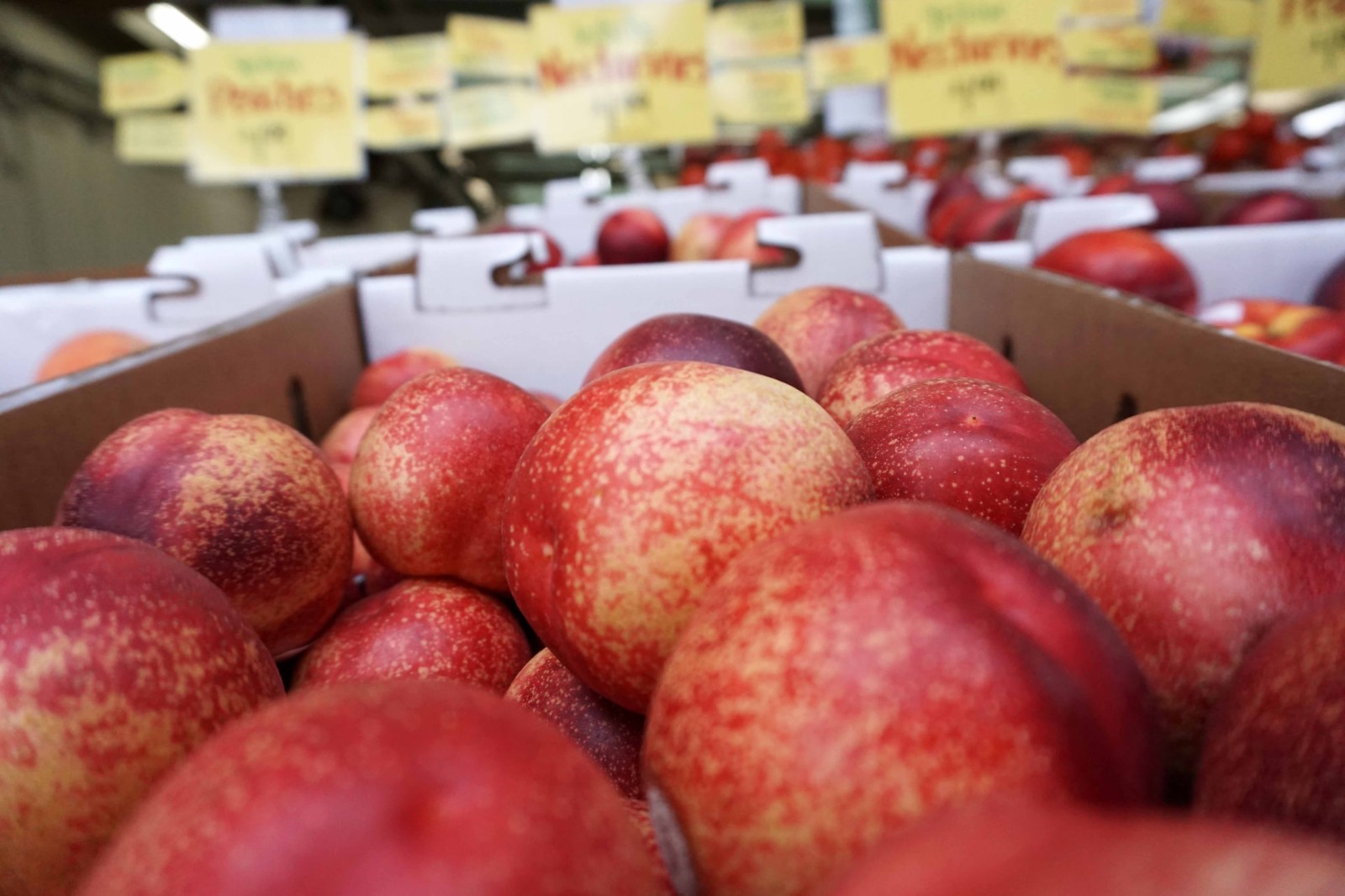


According to Simfruitt, Iván Marambio, president of the Chilean Fruit Exporters Association (ASOEX), said that the total export volume of Chilean stone fruit in the 2022/23 season will drop from 271,000 tons in the previous season to 242,000 tons, a drop of 11%, but total exports (on an FOB basis) rose 19 percent from the previous quarter to $409 million. It reached the highest export value in recent years, 14% higher than the highest record set in the 2020/21 season.
The decline in Chile's total stone fruit exports is mainly due to a sharp 19% drop in Japanese plum production, which fell to 79,000 tons from 98,000 tons in the previous season. According to Iván Marambio, the reduced acreage has led to a downward trend in exports. Unfavorable weather conditions, such as frost and rain, have reduced fruit set, affecting the production of this variety, as well as the total export volume.
The situation is different for nectarines. Although the export volume decreased by 5% from 85,000 tons to 81,000 tons, it was the second highest export volume of nectarines in history. The slight decline in nectarine exports was mainly due to poor logistics in the previous season, which left a large proportion of nectarines in the local market. Iván Marambio added, "Producers prefer this safe outcome to the risk of export. In addition, we also see a decline in the export of late-maturing varieties and an increase in the volume of early-maturing new varieties due to the withdrawal of older yellow-fleshed varieties. Compared with late-maturing varieties, early-maturing new varieties need less fruit setting, so the export arrangement can be adjusted to make the export start earlier and more smoothly and orderly.
The export of peaches this season was 23,000 tons, a decrease of 15% from the previous season's 27,000 tons, showing a downward trend. Exports of prunes amounted to 58,000 tons, down 3% from the previous season's 60,000 tons, 99% of which were destined for China.
There is no doubt that the Asian market contributed the most substantial growth this quarter, and this is mainly due to the Chinese market. In stark contrast to the Asian market, Chilean stone fruit exports to Europe have fallen by 43% over the past six years, from 41,000 tons to 21,000 tons, with exports of nectarines down 41% and plums down 42%.
According to Iván Marambio, logistics has returned to normal this season, so stone fruits can be shipped 3-4 times a week on the "Cherry Express", and the stone fruits still maintain good quality when they arrive in the Chinese market. In addition, stone fruit shipments have been alternated this season, especially at the beginning of the season, especially for white-fleshed nectarines and the famous D'agen prunes, with positive results. Consumption slowed mid-season due to congestion caused by a delay of one ship, but the market was still reactivated. Despite a period of weakness in the Chinese market and lower prices, overall prices were better than last season.
When talking about the challenges and opportunities facing Chilean stone fruit, Iván Marambio emphasized that this is the best production season since the opening of the Chinese stone fruit market. Prunes and nectarines (mainly white-fleshed varieties) are going well. The weekly arrival volume shows that they are doing well. As long as they avoid weekly concentrated arrivals, and the logistics are in good condition, supplemented by promotional activities to stimulate consumption, they will have a bright future in the next few years.

Recently, ASOEX and the Chilean Agriculture and Livestock Service (SAG) visited the General Administration of Customs of China and other relevant departments to discuss matters such as further access and logistics improvement of Chilean stone fruits. According to Simfruirt's report, the two parties have reached consensus on electronic certification for export quarantine and the expansion of permitted varieties of peaches and apricots.
Mr. Miguel Canala–eche verría, general manager of ASOEX, said that in the 2021/22 season, Chilean stone fruit exports to China exceeded 119,000 tons (84,451 tons of plums and 34,679 tons of nectarines). China has become the growth engine of Chilean stone fruit exports. At present, the only Chilean stone fruits allowed in China are white-fleshed nectarines and D'agen prune, and 99% of their export volume is shipped to China. In the 2022/23 season, the main destination of Chilean fresh fruit exports is still China, which accounts for 34% of the global export volume of Chilean fresh fruit.
Mr. Canala–eche verría believed that the visit to China was very fruitful, and progress had been made in the approval of the text of the stone fruit export agreement. It is only a few steps away from the full opening of the Chinese market to Chilean peaches and apricots, which will be realized in July next year. The two sides will formulate a work plan to promote measures such as export quarantine electronic certification, and strive to start implementation in 2024, so as to further improve logistics and transportation.
Mr. Canala–eche verría also revealed that the two parties will implement a pilot program at Shanghai Customs to provide more convenience for the entry of chilled Chilean fruits and make the entry process of these fresh products smoother. once the system passes the testing phase, it will be applied in all Chinese ports.
Need help or have a question?
Send mail